Russian military recruitment expands dual-track system of military resources in spring
The following article comes from Armored Bear, author Blazing Fire
 armored bear.
armored bear.
Talk and chat
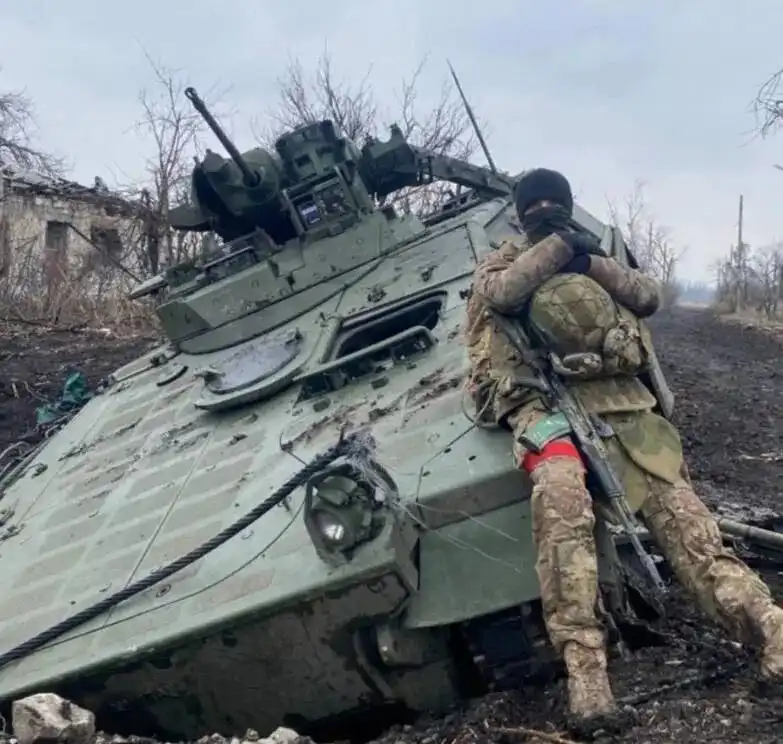
Starting from April 1, 2024, Russia will begin spring conscription. The total number of this round of conscription is 150,000. The target is Russian citizens aged 18 to 30 and will last until July 15.
Because Russia is currently conducting offensive operations on the battlefield of Ukraine, the new round of Russian conscription has attracted great public attention. In particular, it is easier for people to associate Russian conscription with the situation in Ukraine. They may wonder whether the Russian army has too many casualties and urgently needs to be replenished. Will the Russian army launch a large-scale offensive and send more troops to respond?
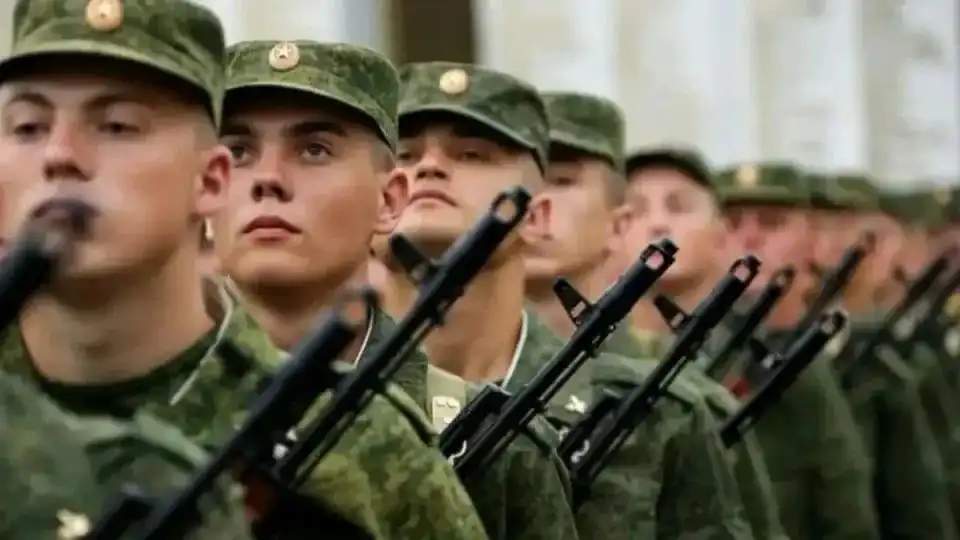
In fact, the casualties of the Russian army and whether to launch an offensive are one thing, but this spring conscription is another.
Because under Russia's current military service system, there is already a talk of spring conscription, and there is even autumn conscription in addition to this.
Taking the situation in 2023 as an example, the number of military conscripts in the Russian army is 147,000 in the spring and 130,000 in the autumn; generally speaking, the number of military conscripts in the spring and autumn seasons is between 130,000 and 150,000.
However, this kind of conscription is routine, that is, all conscripts are recruited and the service period is one year. According to relevant Russian regulations, conscripts do not need to go to the special military operations mission area to fight, so the troops recruited by the Russian army are all recruits. The main focus is to maintain the normal operation of the army.
This is a very different point between the Russian army and the Ukrainian army at present and requires more attention.
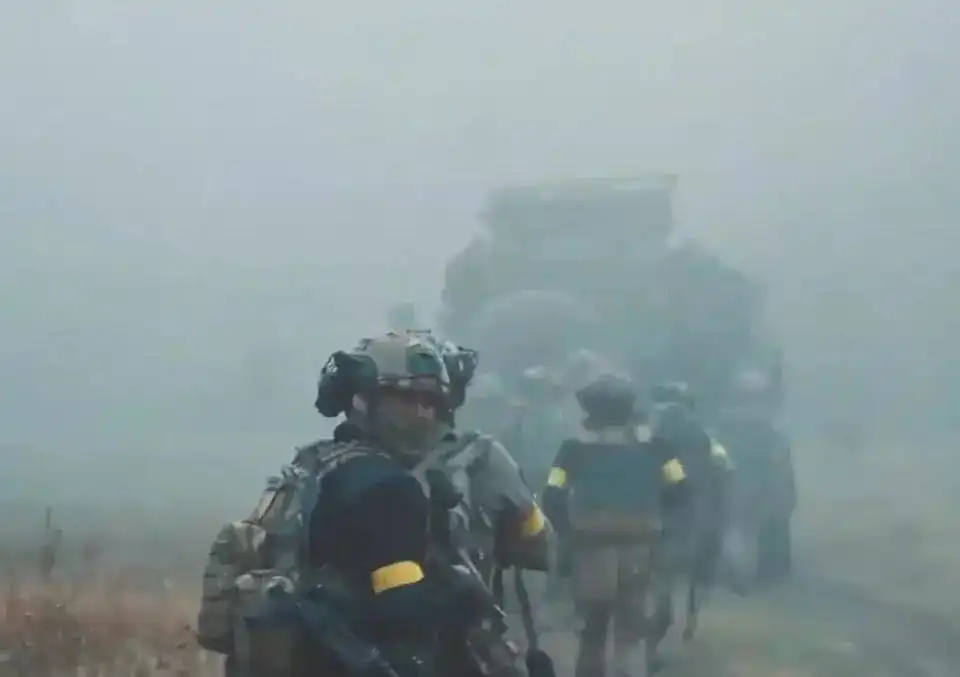
The Ukrainian army's current conscription has only one purpose, that is to fight. Regardless of whether the new or old troops will eventually go to the battlefield.
The Russian army is a dual-track mechanism. It does not put all its troops into the Ukraine battlefield. It maintains a normal military structure at home, where it should recruit and retire; at the same time, it sends combat formations to fight on the Ukraine battlefield.
The Russian military's combat formation consists of contract soldiers from active forces and 300,000 troops mobilized from reserve personnel in the fall of 2022 (there is certainly not so many now due to combat and non-combat attrition), plus volunteers, mercenaries, and some forces of other nature.
According to data disclosed by Russian President Vladimir Putin in December 2023, the Russian military's troops used in the special military operations area are 617,000; in addition to those directly participating in the war, these troops also include corresponding combat readiness and rotation troops.
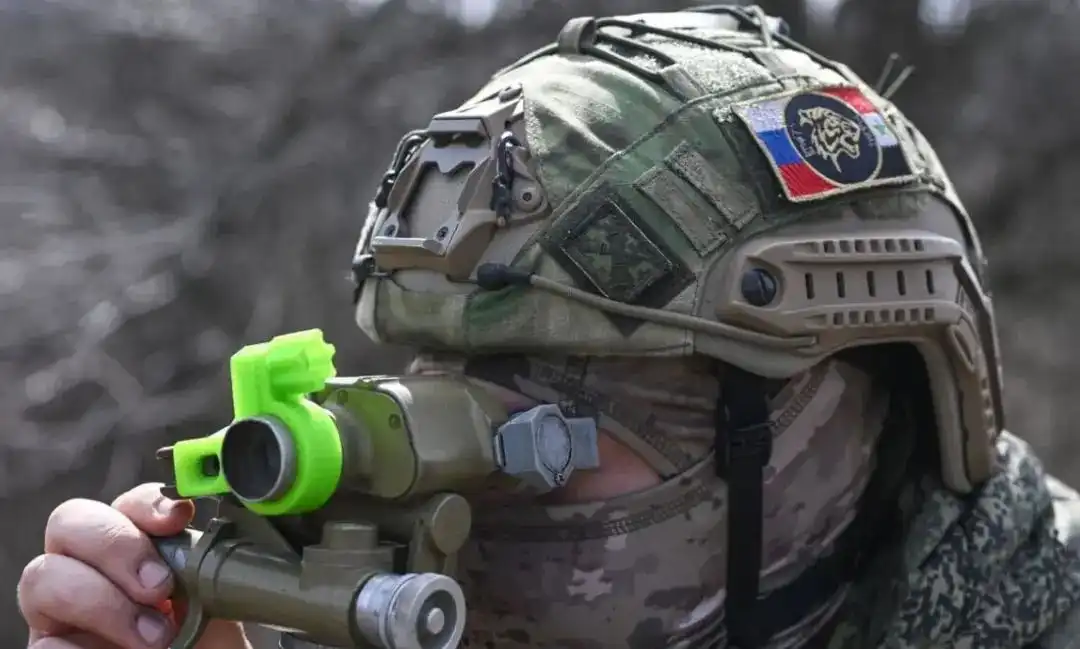
Of course, the Russian troops participating in the war are not unrelated to the normal organization.
For example, a Russian motorized infantry brigade is actually divided into two parts. One part is mainly contract soldiers and appears in theaters to perform combat missions; the other part is in domestic stations, including both contract veterans who are rotating and recuperating, as well as newly assigned volunteer recruits.
As for combat units mainly composed of volunteers and other types, they are in a separate series; their organizational strength has nothing to do with the recruitment of supplementary soldiers, and they are recruited all year round. As long as they are willing to participate in the war as volunteers, they can sign a contract to serve and directly perform missions in the theater of war.
If we say that the Russian military's spring and autumn conscription has anything to do with the Ukraine battlefield?
The relationship is that the main source of Russian active contract troops is conscripts. Only when the latter's strength pool is large and their quality is high will the Russian contract troops be better built. However, since conscripts cannot be used directly, they have a process of delaying their role. For example, the 150,000 conscripts recruited this spring may not be effective on the Ukraine battlefield until a considerable part of them are converted to contract soldiers a year later.
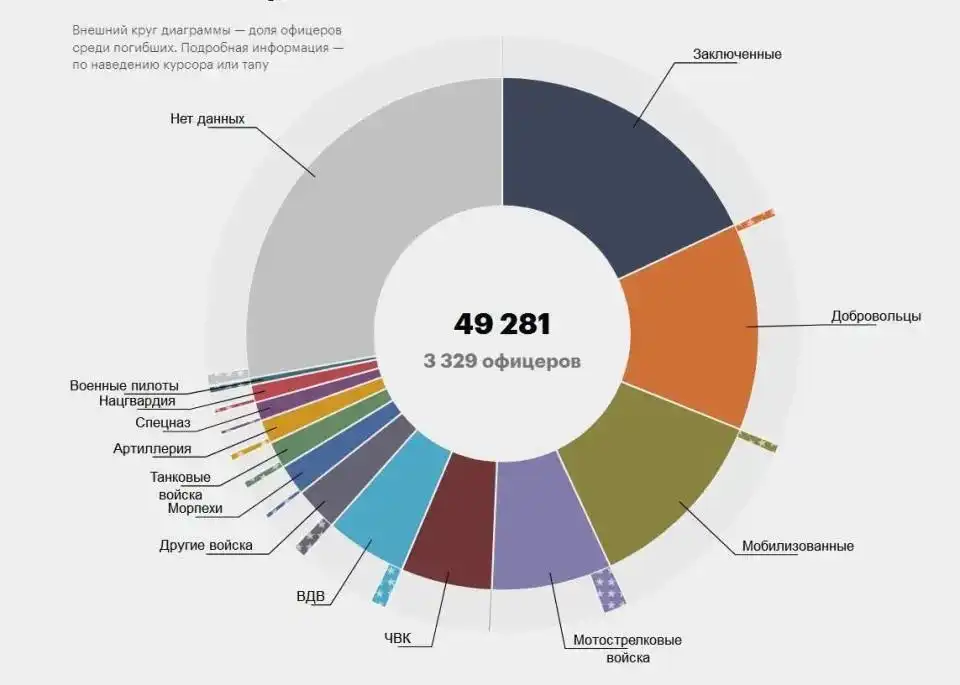
Moreover, because the Russian army attaches great importance to active-duty contract units, in many wars of attrition, its command is more willing to let volunteers, mobilizers, mercenaries and local armed forces in Donbas undertake the most arduous tasks.
For example, among the 49281 Russian soldiers killed (excluding the Donbas armed forces) that can be confirmed so far, 35585 have clearly defined the attributes and categories of the arms.
Among the 35585 people, there are 8887 prisoners, accounting for 25%; 6434 volunteers, accounting for 18.1%; 5909 mobilizers, accounting for 16.6%; 2834 mercenaries, accounting for 8%; the above categories account for two-thirds of the Russian army's deaths, and only one-third of the actual active-duty contract soldiers killed.
If we take into account that a large number of Donbas armed forces are still killed in battle, the proportion of active-duty contract troops, which are the backbone of the Russian army, will be further reduced, and their absolute number will not reach the point of getting out of control.
Therefore, the overall Russian army suffered many losses in the Ukraine battlefield, but the vitality of the active contract troops was always maintained and played a leading role.
Therefore, if we pay attention to the relationship between Russian troops and the battlefield in Ukraine, we might as well pay more attention to how to recruit volunteers, prisoner soldiers and other types that will be held throughout the next year. These troops are actually the bulk of the Russia-Ukraine war.
Therefore, the Russian military actually has a dual-track mechanism, that is, on the one hand, it recruits voluntary troops to maintain the normal operation of the army; on the other hand, it recruits volunteers, prisoners and other troops directly used in war.
Because of the existence of this dual-track conscription mechanism, the actual size of the Russian army is relatively large, and it is actually in the process of expansion.
For example, when Russia and Ukraine went to war in 2022, the Russian military's organizational structure was 1 million people, and it was not yet full; later, the organizational structure expanded to 1.15 million people, and now it plans to expand to 1.5 million people.
In addition, Shoigu also made it clear that it is now necessary to build and enrich 2 group armies and 30 divisions and brigade units. This process is related to the recruitment of conscripts as well as the recruitment of forces of other nature. The result of the expansion will eventually affect the battlefield in Ukraine.

Headphones made in China break my defense!** As long as 1/ 5 of the price of a big brand, the ** experience is so good!
** Built-in is a 16.2MM large moving coil, ** shocking sound effects, firmly hanging on the ears! This Parmet air-conduction Bluetooth headset allows you to enjoy high-quality sound quality, and you can't beat it off at 1/5 of the price!

Whether it's running, biking or hiking,我都能舒适地享受音乐 !
